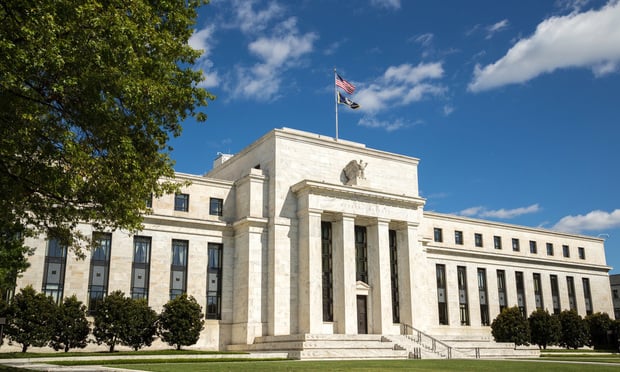Like the rest of the country, the West Coast is experiencing a hot multifamily sector, punctuated by high rent growth. From San Diego and Los Angeles to Portland and Seattle, apartment owners are enjoying the fruits of favorable housing dynamics and pro-renting demographics. However, a handful of factors, including rising interest rates, could have landlords serving it up to the huge national investor appetite.
"Rent growth is extremely high right now and sellers are looking to take advantage of legitimate pro-forma rents that buyers are once again underwriting to," said Jordan Carter, Kidder Mathews EVP in Portland, adding that pent-up institutional demand from pandemic-postponed sales further magnifies momentum. "For smaller properties (under $10 million), sales are often driven by a desire to 1031 into a larger property and lock in the low interest rates on a new acquisition before they continue to rise."
Timing the top of any market is difficult, but several waves of looming interest rate hikes can add to the impetus. On the other hand, apartment investments are a safer bet in inflationary markets, notes Robin Ossenbeck, Kidder Mathews SVP in West LA. Scott Rosenberg, her fellow SVP colleague in nearby El Segundo, asserts that there is "a huge generational turnover" of ownership in that metro being accelerated by COVID-19 and tenant protections, as well as the fear of losing 1031 exchange rights.
Despite global geopolitical turmoil, local government policy, especially in the form of rent control, seems to be the primary fear of the unknown for apartment players from San Diego to Portland. "In Oregon, the black swan would be either the state or local municipalities continuing to tighten their grip around landlords by enacting more rent control-type policies or further limiting the percentage that landlords can raise an existing tenant's rent," Carter said.
Brian Richardson, Kidder Mathews VP in Olympia, WA, added, "The main driver is the low interest rate and cap rate correlation creating such high prices. This is followed by people selling, getting out of the sector concerned about rent controls or completely out of real estate due to concerns about future taxes."
Heady times far outweigh the headwinds for apartment players, however. Ossenbeck in LA expects record prices and sales volume in 2022, mentioning many billion-dollar funds with a need to allocate capital. Carter in Portland reports that his team has seen more apartment portfolios come up for sale in the last two years than in the prior 10 years. In general, more institutional buyers are expanding their target asset value range below $20 million while private capital and family offices expand up from $10 million, creating greater competition.
"Institutions are out in force buying," said Dylan Simon, Kidder Mathews EVP in Seattle. "There were no buyers for the first 18 months of the pandemic as they went hard into industrial. Still wary of office and retail but over-weighted in industrial, they are now pushing hard into multifamily."
While different currents ebb and flow within the sector, multifamily remains a powerful force, asserts Jim Neil, Kidder Mathews EVP in San Diego. Investor demand is and will continue to be strong given impressive rent growth, still cheap and abundant debt, sector stability relative to other asset classes, and as a hedge against inflation.
© 2024 ALM Global, LLC, All Rights Reserved. Request academic re-use from www.copyright.com. All other uses, submit a request to [email protected]. For more information visit Asset & Logo Licensing.








